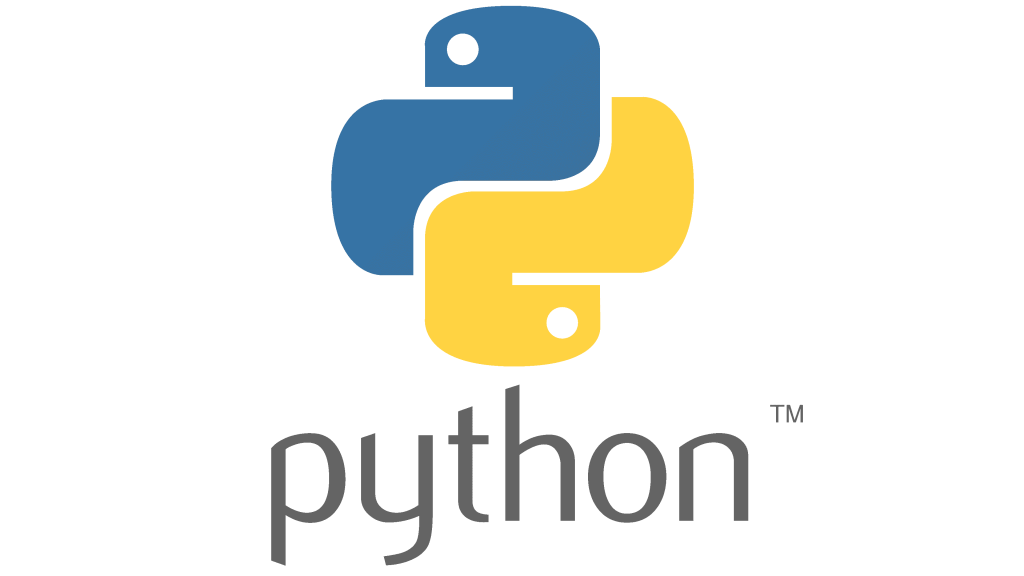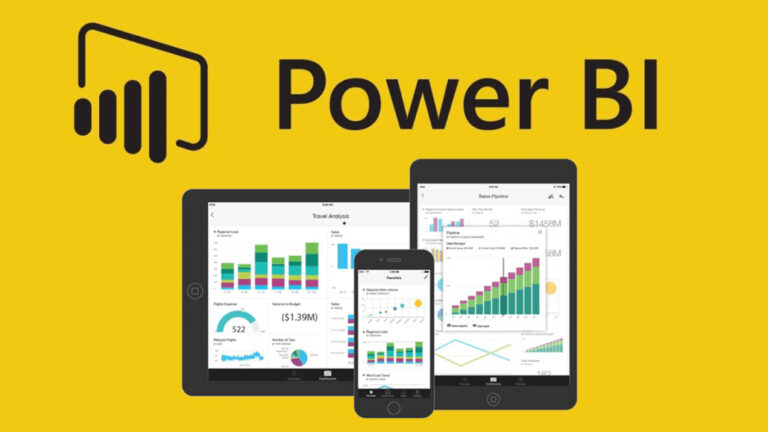Python has become one of the most popular programming languages in the world, renowned for its simplicity, versatility, and powerful features. Whether you’re just starting out with programming or you’re an experienced developer looking to expand your skill set, Python is an excellent language to learn.
In this comprehensive guide, we’ll dive deep into what Python is, its key features, the reasons behind its popularity, real-world applications, and how you can get started with it.
What is Python?
Python is a high-level, interpreted programming language known for its readability and straightforward syntax. It was created by Guido van Rossum and first released in 1991. Python’s philosophy emphasizes code readability with the use of significant indentation, which allows programmers to express concepts clearly in fewer lines of code.
Python supports multiple programming paradigms, including:
- Procedural programming: Focusing on sequences of commands or steps to be executed.
- Object-oriented programming (OOP): Structuring code around objects and classes.
- Functional programming: Using functions as the building blocks for program logic.
Its versatility has made Python a go-to language for a wide range of applications, from web development and data science to artificial intelligence (AI) and automation.
Why Learn Python?
There are many reasons why Python is the go-to language for developers and beginners alike. Here are some key reasons:
1. Easy to Learn and Use
Python’s syntax is simple and clean, which makes it easier for beginners to understand and start coding quickly. It reads almost like plain English, and the learning curve is much gentler compared to other programming languages like Java or C++.
For example, a simple “Hello, World!” program in Python:
pythonCopy codeprint("Hello, World!")
Compare that to Java:
public class HelloWorld {
public static void main(String[] args) {
System.out.println("Hello, World!");
}
}Python’s minimalism is one reason why it’s widely used in education and beginner programming courses.
2. Versatile and Cross-Platform
Python can be used for virtually any type of programming:
- Web development (with frameworks like Django and Flask)
- Data analysis and visualization (using libraries like Pandas, Matplotlib, and Seaborn)
- Machine learning and AI (with libraries like TensorFlow, Keras, and Scikit-learn)
- Automation (scripting repetitive tasks)
- Game development, and much more.
Python is cross-platform, meaning that you can run Python code on Windows, macOS, and Linux without modification.
3. Extensive Libraries and Frameworks
Python has a vast ecosystem of libraries and frameworks that simplify development. These pre-written modules make it easy to implement complex functionality without reinventing the wheel. For example:
- Django and Flask for web development
- Pandas for data manipulation
- NumPy for scientific computing
- Matplotlib and Seaborn for data visualization
- TensorFlow and PyTorch for machine learning
This extensive library support means that no matter what you want to do, there’s probably a Python library that can help.
4. Strong Community Support
Python has a massive community of developers, which means there’s plenty of support available. Whether you’re stuck on a problem, looking for documentation, or want to contribute to open-source projects, the Python community is always active and welcoming.
Popular forums like Stack Overflow, Reddit, and the official Python community are filled with resources and discussions to help you learn and solve issues.
5. Career Opportunities
Python is one of the most sought-after programming languages in the job market. According to several job surveys, roles requiring Python skills continue to grow, especially in fields such as data science, machine learning, AI, and web development. Learning Python can open doors to lucrative careers in technology and data-driven fields.
Key Features of Python
1. Readable and Maintainable Code
Python’s focus on readability makes it easy to write clean code, reducing the time spent on debugging and code maintenance. The strict indentation rules ensure that Python code is consistently formatted, making it easier to understand even after months of development.
2. Interpreted Language
Python is an interpreted language, which means that you don’t need to compile your code before running it. Instead, Python code is executed line by line by the Python interpreter. This allows for rapid testing and debugging, making the development process much faster.
3. Dynamic Typing
In Python, you don’t need to declare the type of a variable explicitly. It automatically detects the data type during runtime. This feature, known as dynamic typing, allows for flexible coding and reduces the amount of boilerplate code required.
Example:
python
Copy code
x = 10 # Python automatically understands ‘x’ is an integer
x = “Hello” # Now, ‘x’ is a string
4. Object-Oriented Programming
Python is a fully object-oriented language, meaning everything in Python is an object, including functions, variables, and data structures. This allows developers to write reusable and modular code, improving both development time and maintainability.
Here’s an example of a simple class in Python:
python
Copy code
class Dog:
def __init__(self, name):
self.name = name
def bark(self):
print(f”{self.name} says Woof!”)
my_dog = Dog(“Buddy”)
my_dog.bark()
5. Extensive Standard Library
Python comes with a large standard library that covers areas like file I/O, system calls, regular expressions, web development, and even data serialization. This means you can get a lot done with just the built-in modules without needing to install additional packages.
Example of reading a file with Python’s standard library:
python
Copy code
with open(“file.txt”, “r”) as file:
content = file.read()
print(content)
6. Cross-Platform Compatibility
Python is platform-independent, meaning you can run the same Python code on Windows, macOS, Linux, or even mobile platforms without any changes. This flexibility allows developers to create programs that are portable and accessible across various operating systems.
Real-World Applications of Python
1. Web Development
Python is widely used in web development due to its powerful frameworks such as Django and Flask. These frameworks simplify backend development, making it easier to build scalable, secure, and maintainable web applications.
Popular websites built using Python include Instagram, Pinterest, and Dropbox.
2. Data Science and Machine Learning
Python is the go-to language for data science and machine learning applications. With libraries like Pandas, NumPy, Matplotlib, and Scikit-learn, Python allows data scientists to process, analyze, and visualize data efficiently. Machine learning frameworks such as TensorFlow and PyTorch are also built in Python, making it an essential tool for AI research and development.
3. Automation and Scripting
Python is great for automating repetitive tasks. From writing scripts that organize files to automating web scraping tasks or even handling bulk email sending, Python can help you streamline daily workflows.
For example, using Python for web scraping with libraries like BeautifulSoup or Scrapy can extract data from websites and automate the gathering of information.
4. Game Development
Python can be used for game development with libraries such as Pygame. While Python may not be the primary language for high-performance 3D games, it’s an excellent tool for developing simple 2D games or prototyping game mechanics.
5. Cybersecurity
Python is popular in the field of cybersecurity for tasks like network scanning, penetration testing, and security research. Libraries like Scapy and Requests are frequently used by ethical hackers and security researchers.
How to Get Started with Python
1. Install Python
To get started, you need to install Python on your machine. Head to the official Python website python.org and download the latest version of Python for your operating system.
2. Choose an IDE
You can write Python code using any text editor, but using an Integrated Development Environment (IDE) will make development easier. Popular Python IDEs include:
- PyCharm
- VS Code
- Jupyter Notebook (commonly used in data science)
3. Learn the Basics
Start by learning Python basics such as:
- Data types (integers, strings, lists, dictionaries)
- Control structures (if-else, loops)
- Functions and classes
- File handling
There are plenty of online resources, courses, and tutorials that can help you learn Python step-by-step.
4. Practice with Projects
Once you’re comfortable with the basics, start building small projects to solidify your skills. Some beginner project ideas include:
- A simple calculator
- A to-do list app
- A weather forecasting script using an API
- Web scraping tools
5. Join the Python Community
Engage with the Python community by contributing to open-source projects, participating in forums, and attending local Python meetups or conferences.
Conclusion
Python’s simplicity, versatility, and community support make it one of the best programming languages to learn today. Whether you’re looking to dive into web development, explore data science, or automate tasks, Python offers powerful tools that can help you.


